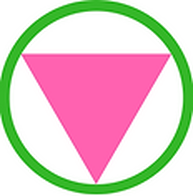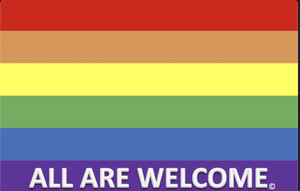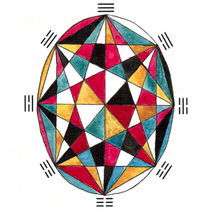How do I get started creating intentionally?
To review: Part One of our series addressed why adults fear making art. Part Two looked at why creating is important and emotionally healthy. This post will address how to approach creating intentionally, with a few tips to help you get started.
I want to first reflect on the topic of intentional creativity: the process of expressing artistically with primary focus on your own creativity, rather than focus on others' or self judgements of your final product. This is art-making to feed your soul, to nourish your deeper self, to express and explore your personal experience. It is meaningful art-making.
With a blank canvas, how do you even begin? Whether you are new to art-making, or are just feeling creatively blocked, sometimes the overwhelming possibilities of creating can feel paralyzing.
This next part will give you some ideas about how to get started creating with intention if you are feeling stuck or overwhelmed. While you try some of these ideas out, be interested in your internal dialogue.
How can you tap into your creativity? What inspires you?
This list is just a start, as inspiration is a huge topic! Some of these you will look at and say, duh, and others are more out there. See if there are one or two ideas that resonate for you and leave what doesn't feel right. Try to notice your inner process as you begin to create.
1. Set up an inspirational creating space
2. Connect with others trying to access their creativity
3. Keep an inspiration notebook
4. Free-write
5. Scribble drawing
6. Get messy!
7. Experiment with different art media
8. Create artwork in response to something
9. Dream Journal
10. Active Imagination
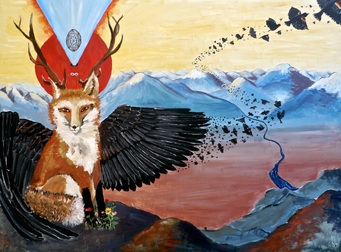
Please feel welcome to leave a comment if you have any thoughts or ideas. What inspires you?
Our next blog post will explore what happens when we start to feel stuck in our artwork, and how to address the inner critic.
|
-Sarah Klein, MA, LPCC
Art Therapist and Co-Owner at Open Mind Holistics Learn more about Sarah in this blog post, or on her bio page. |
- Cane, F. (1951). The artist in each of us. London, England. Thames and Hudson.
- Jung, C.G. (1969). On the nature of the psyche. New Jersey: Princeton University Press.
- London, P. (1989). No more secondhand art: Awakening the artist within. Boston, MA: Shambhala Publications, Inc.
- Malchiodi, C. (1998). The art therapy sourcebook. Illinois: Lowell House.
- Naumberg, M. (1987). Dynamically oriented art therapy. New York: Magnolia Street Publication.
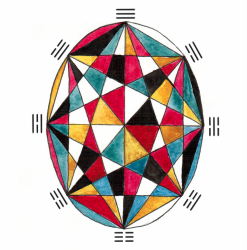
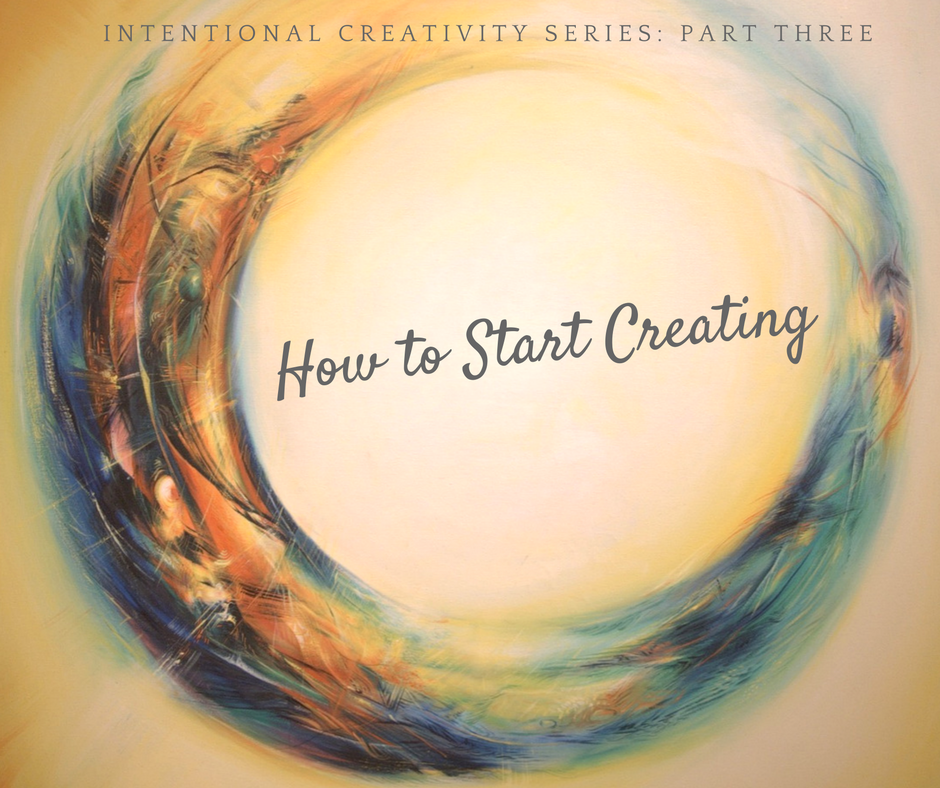


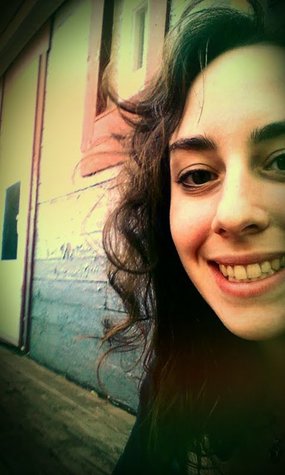
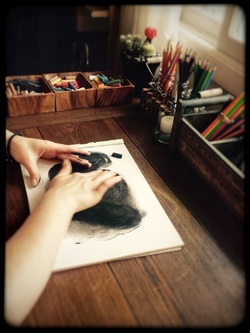
 RSS Feed
RSS Feed
